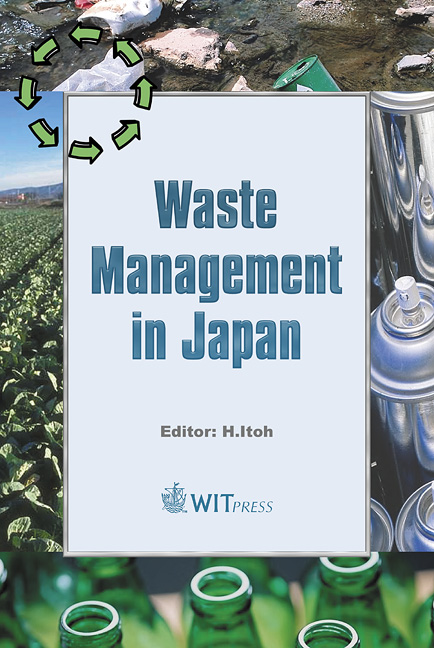Activated Carbons Derived From Organic Sewage Sludge For The Removal Of Mercury From Aqueous Solution
Price
Free (open access)
Transaction
Volume
79
Pages
10
Published
2004
Size
434 kb
Paper DOI
10.2495/WMJ040101
Copyright
WIT Press
Author(s)
F.-S. Zhang, H. Itoh & J. O. Nriagu
Abstract
Various types of activated carbons were developed from organic sewage sludge (SS) using H2SO4, H3PO4 and ZnCl2 as chemical activation reagents. The surface morphology of the SS carbons was examined, and the activation mechanisms of the chemical reagents were extensively discussed. The surface areas of the activated carbons were within 289-555 m2/g. ZnCl2 activated carbon had the highest adsorption capability for Hg(II), followed by H3PO4 and H2SO4 activated carbons, and the adsorption followed the Freundlich isotherm model. The leaching amount of As, Cr(VI), Cd, Hg and Pb from the SS carbons was below the wastewater disposal limits issued by the Ministry of Environment of Japan. Accordingly, it is believed that the activated carbons developed in this study are safe and practical for utilization in mercury removal from industrial wastewater. 1 Introduction In Japan, the major disposal methods for sewage sludge (SS) are incineration, landfill, composting, etc. nowadays. SS is rich in carbonaceous organic material, thus has the potential to be converted into activated carbon. In recent years, some companies are attempting to produce carbonaceous material using SS so as to recycle the waste material and save the landfill sites. Nevertheless, the resulting material is usually consumed within the companies which produce it and is
Keywords




